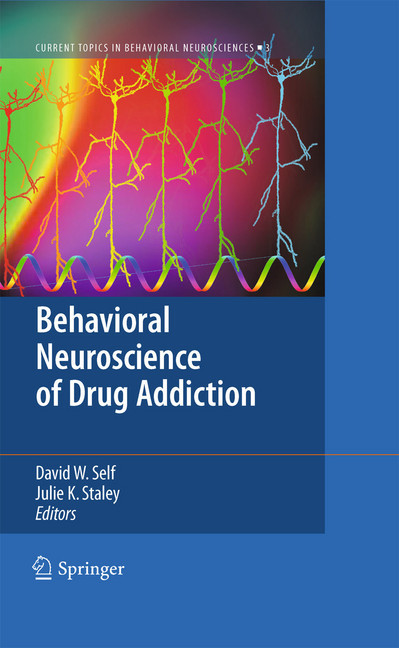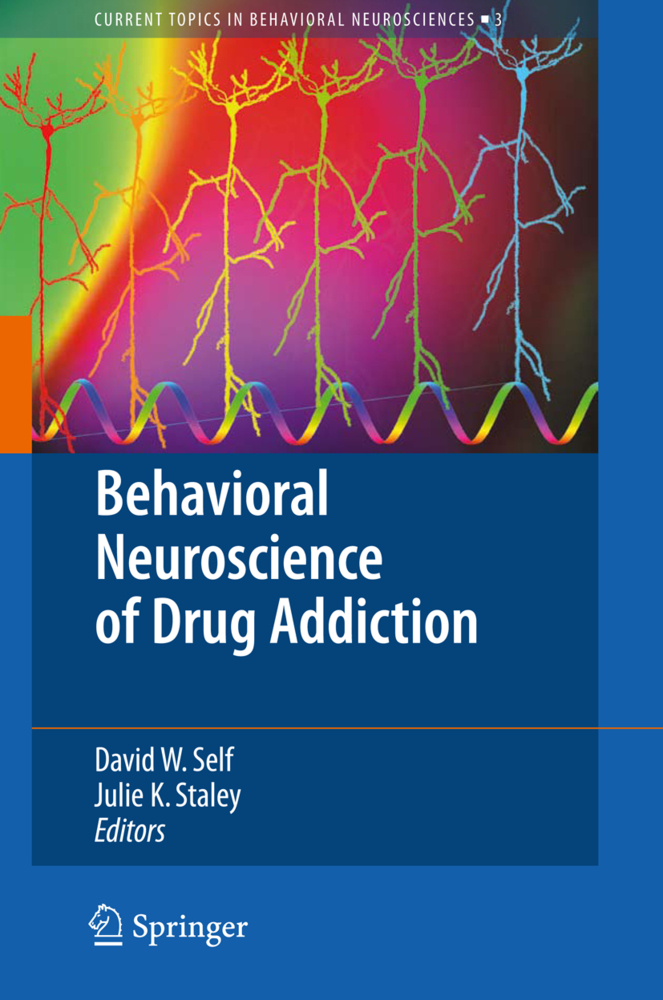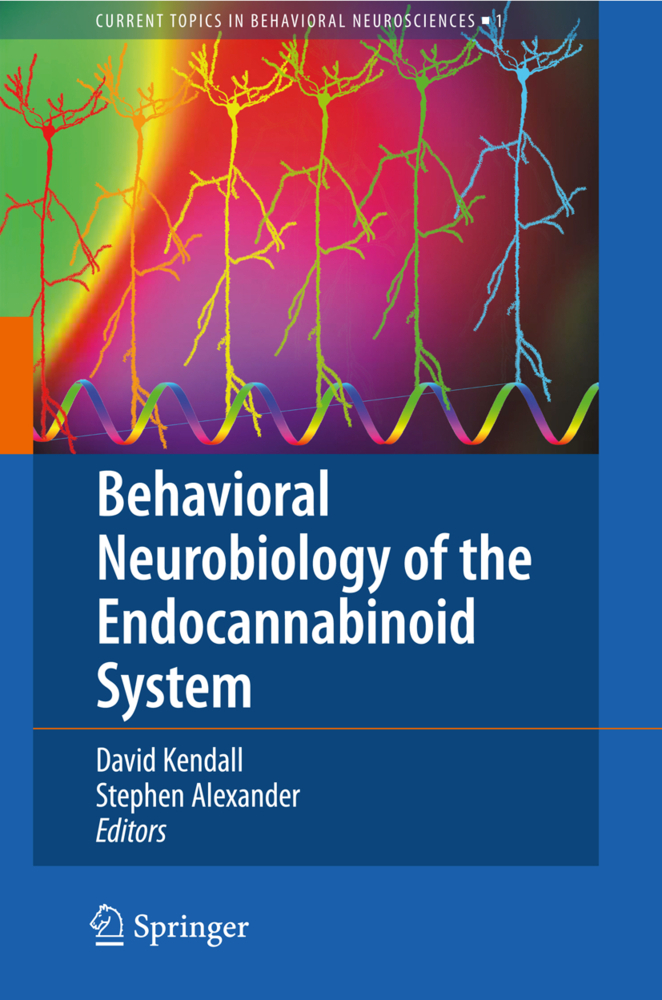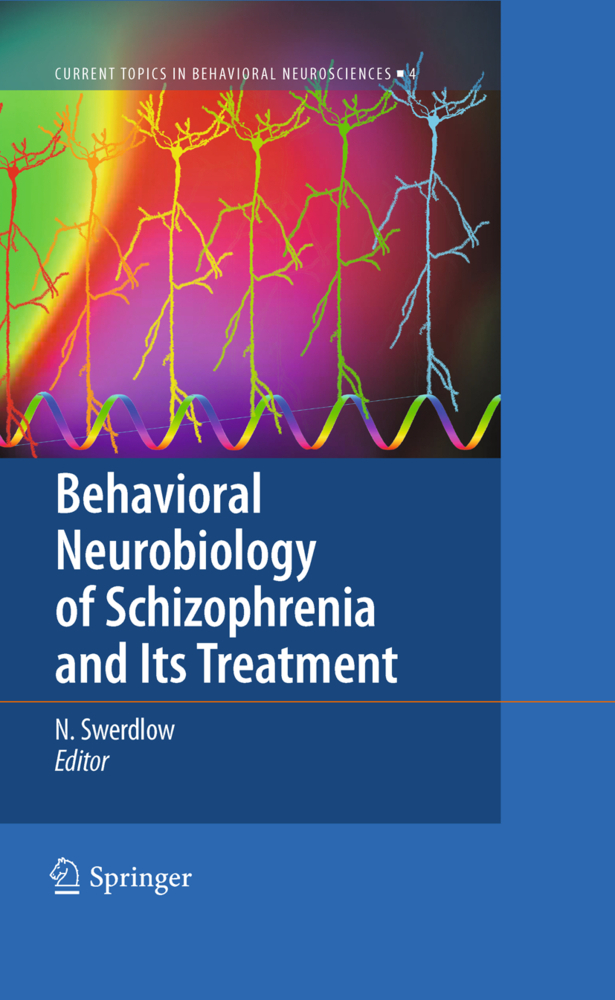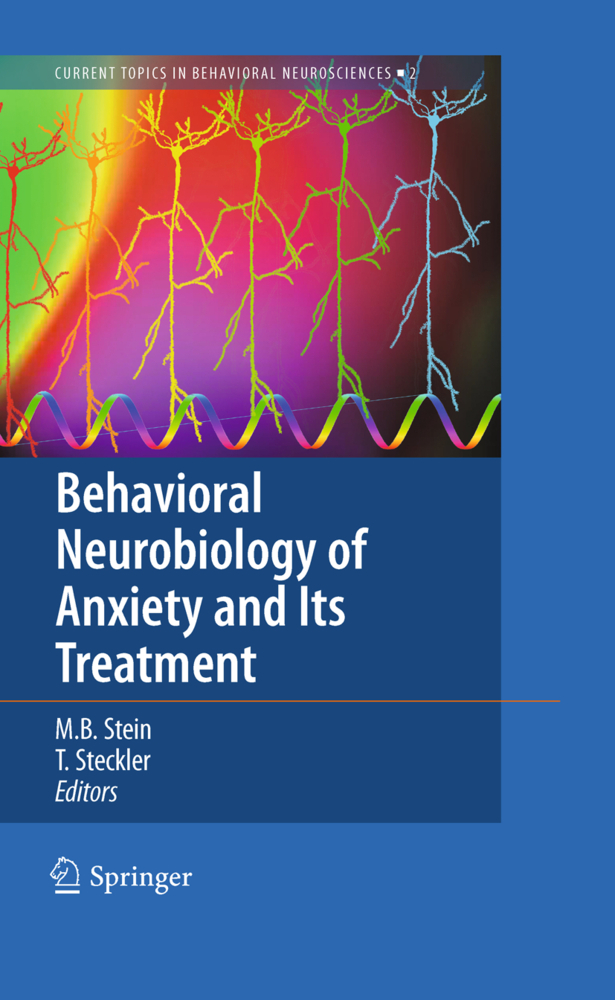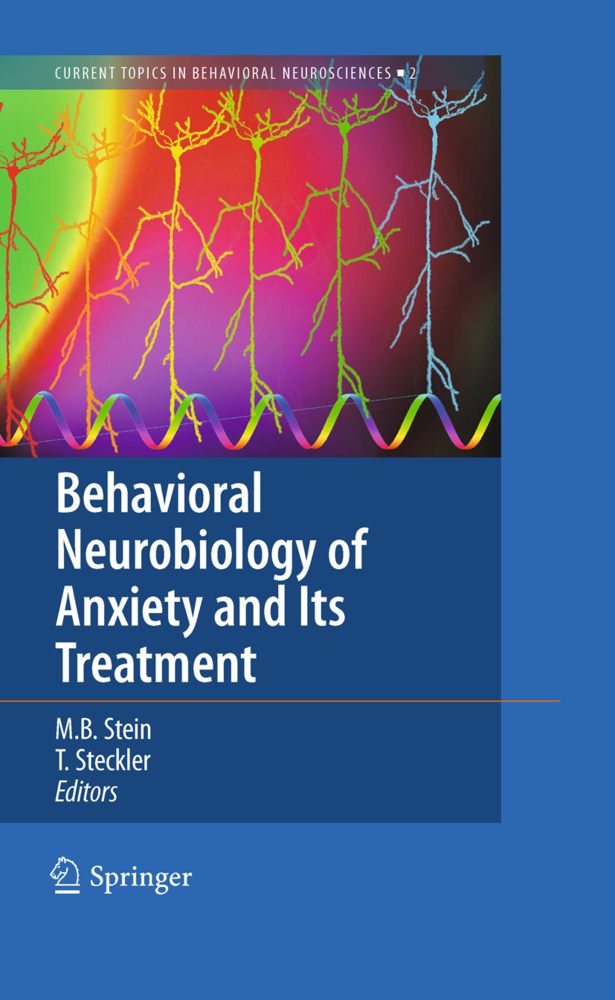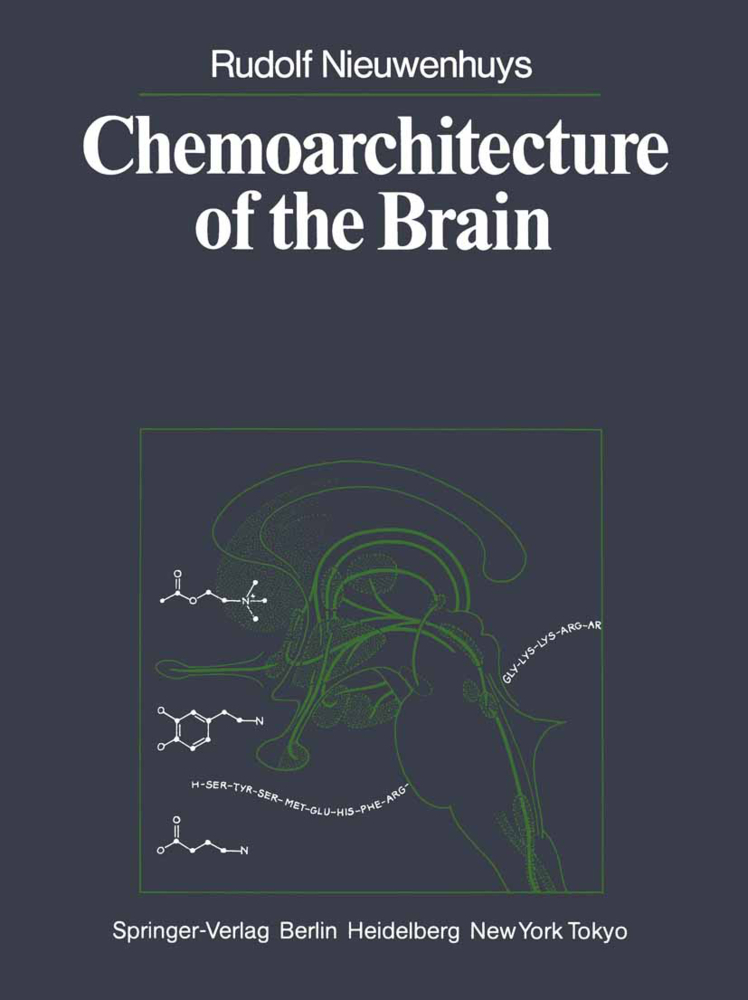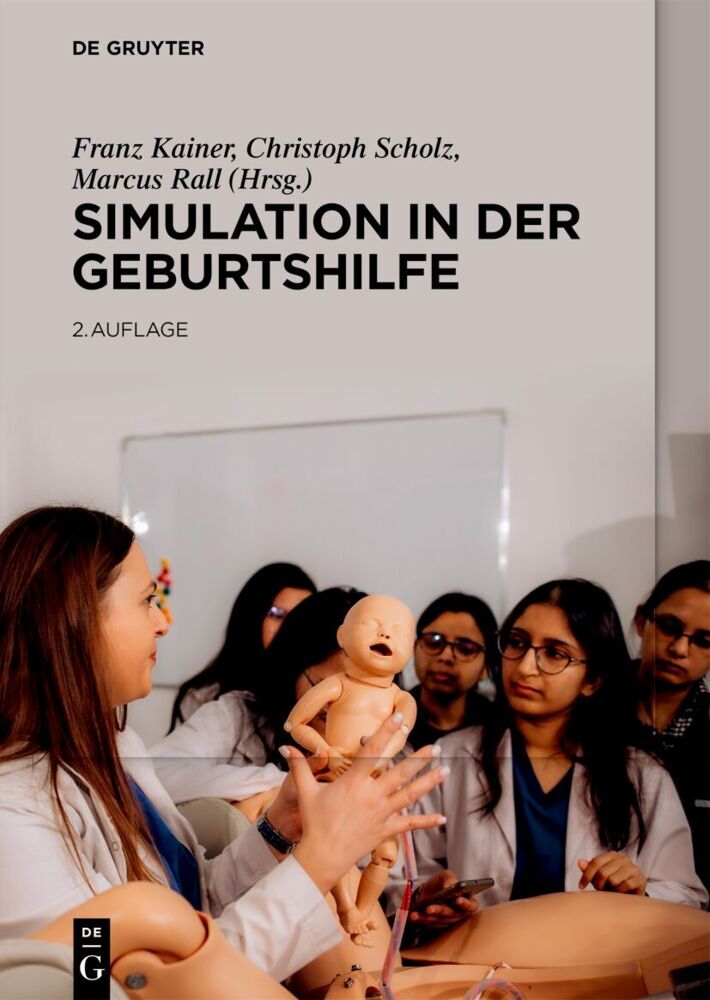This volume highlights current state-of-the-art approaches and important findings on the behavioral neurobiology of drug addiction by prominent neuroscientists. Preclinical chapters span synaptic neuroplasticity associated with drug use, the neural systems underlying conditioned drug effects implicated in drug craving, and the role of sensitization and withdrawal processes in addictive behavior. Chapters on human studies emphasize neuroimaging of neurotransmitters and receptors, drug craving and other cognitive abnormalities in human drug abusers. Human studies also describe work on genetic vulnerability and the neuroeconomics of drug addiction, and novel pharmacological approaches to drug abuse treatment.
1;7854_1_En_FM1_OnlinePDF;12;7854_1_En_1_Part_OnlinePDF;122.1;Chapter : ;123;7854_1_En_1_Chapter_OnlinePDF;133.1;Neuroplastic Alterations in the Limbic System Following Cocaine or Alcohol Exposure;133.1.1;Introduction;143.1.2;Ionotropic Glutamate Receptors;153.1.3;Cocaine-Induced Synaptic Plasticity in Midbrain DA Neurons;163.1.4;Cocaine-Induced Synaptic Plasticity in the NAc;183.1.5;Amygdala Plasticity and Drugs of Abuse;193.1.6;Alcohol and Plasticity in Glutamate Receptors;223.1.7;Altered Intrinsic Excitability After Alcohol or Cocaine;243.1.8;Conclusions and Future Directions;273.1.9;References;284;7854_1_En_2_Chapter_OnlinePDF;384.1;Dopamine Signaling in the Nucleus Accumbens of Animals Self-Administering Drugs of Abuse;384.1.1;The Dopamine System: Implication in Normal Behavior and Addiction;404.1.1.1;Drug Addiction and Dopamine Neurotransmission in Humans;404.1.1.2;Drug Self-Administration as an Animal Model for Drug Addiction;404.1.1.3;Drug-Self-Administration and Dopamine in the Nucleus Accumbens;414.1.1.4;Anatomy of the Dopamine System and Dopamine Signal Transduction: Phasic and Tonic Release;424.1.1.5;Proposed Functions of Dopamine in the NAcc;434.1.1.5.1;Dopamine and Motivated Behavior;434.1.1.5.2;Dopamine and Reinforcement Learning;444.1.2;Dopamine Detection in the Behaving Animal: In Vivo Microdialysis, Chronoamperometry, and Fast-Scan Cyclic Voltammetry (FSCV);454.1.2.1;In Vivo Microdialysis;454.1.2.2;Electrochemical Techniques;454.1.2.2.1;In Vivo Chronoamperometry;464.1.2.2.2;In Vivo FSCV;474.1.3;Effects of Drugs of Abuse on Extracellular Dopamine Concentration in the NAcc;474.1.3.1;The Dopamine Hypothesis of Addiction;474.1.3.2;Drug Effects on Dopamine Signaling Measured Over the Course of Minutes: Microdialysis Studies;484.1.3.3;Drug Effects on Dopamine Signaling Measured Over the Course of Seconds to Hours: Chronoamperometry Studies;494.1.3.4;Drug Effects on Dopamine Signaling Measured on a Subsecond Time Scale: FSCV Studies;504.1.3.4.1;Changes in Phasic Dopamine Signaling to Response-Independent Drug Administration;504.1.3.4.2;Changes in Phasic Dopamine Signaling During Cocaine Self-Administration: The Role of Operant Behavior and Conditioned Stimuli;524.1.3.5;Summary;554.1.4;Effects of Withdrawal from Drugs of Abuse on the NAcc Dopamine System;554.1.4.1;Tonic Dopamine During Withdrawal;564.1.4.2;Phasic Dopamine During (Short-Term) Withdrawal;574.1.5;Stimulus-Induced NAcc Dopamine Release in the Absence of Drug: Implications for Reinstatement of Drug Seeking;584.1.5.1;Effects of Drug Cues on Tonic Dopamine Concentration in the NAcc;584.1.5.2;Effects of Drug Cues on Phasic Dopamine Signaling in the NAcc;594.1.6;The Role of NAcc Dopamine in Drug Addiction;604.1.6.1;Motivation and Addiction;614.1.6.2;Associative Learning and Addiction;614.1.7;Different Functions for Phasic and Tonic Dopamine Transmission in Addiction;624.1.7.1;Dopamine Signaling in the Drug-Naïve State (Fig.2a);634.1.7.2;Immediate Effects of Drug Exposure (Fig.2b);634.1.7.3;Long-Term Effects of Drug Exposure During Drug Withdrawal (Fig.2c);664.1.8;Summary;674.1.9;References;675;7854_1_En_3_Chapter_OnlinePDF;815.1;Amygdala Mechanisms of Pavlovian Psychostimulant Conditioning and Relapse;815.1.1;Introduction;825.1.2;Amygdala Anatomy;845.1.2.1;Intrinsic Circuitry of the Amygdala;845.1.2.2;Afferent/Efferent Amygdala Projections;865.1.3;Behavioral Models of Drug Abuse and Relapse;885.1.3.1;Conditioned Place Preference;895.1.3.2;Self-Administration and Reinstatement;905.1.3.3;Summary of Behavioral Findings;925.1.4;Amygdala Neuronal Activity and Addiction;925.1.4.1;Immediate Early Gene Expression;935.1.4.2;Electrophysiological Recordings;935.1.5;Downstream Signaling Cascades and Neuroadaptations;955.1.5.1;Cellular and Molecular Mechanisms;965.1.5.2;Amygdala Neuroadaptations and Plasticity in Learning;975.1.6;Conclusions;985.1.6.1;Summary and Synthesis;985.1.6.2;Future Research;995
Self, David W.
Staley Gottschalk, Julie K.
| ISBN | 9783642030017 |
|---|---|
| Artikelnummer | 9783642030017 |
| Medientyp | E-Book - PDF |
| Auflage | 2. Aufl. |
| Copyrightjahr | 2009 |
| Verlag | Springer-Verlag |
| Umfang | 392 Seiten |
| Sprache | Englisch |
| Kopierschutz | Digitales Wasserzeichen |

